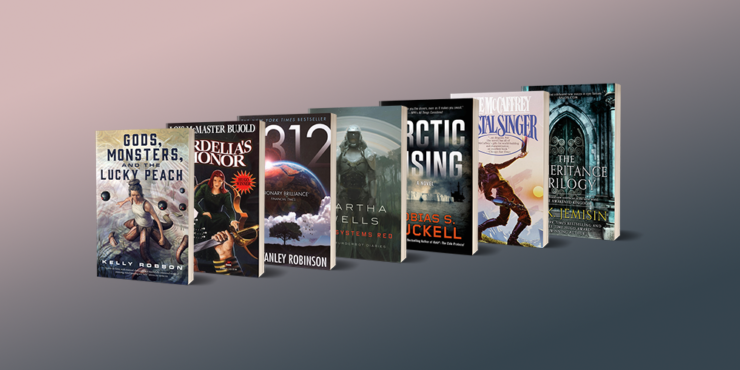Though science is a wide-ranging and varied pursuit, science fiction tends to focus almost exclusively on astronomy and physics, with the occasional dip into medical science. But that’s changing. Pioneers like Ursula Le Guin began to center anthropology and sociology in the genre fifty years ago, and today we’re seeing SF that explores environmental science, molecular biology, neuroscience, and more. My particular favorite is geology, also known as Earth science—or, if you’re beyond our little blue marble, planetary science.
My new novel The Future of Another Timeline is about time traveling geologists, and my inspirations come from other books that foreground the work of people who taste rocks, control plate tectonics, and explore the ecosystems of other worlds. Here are seven works that define the new subgenre of geoscience fiction.
The Broken Earth trilogy, by NK Jemisin
Perhaps the most obvious example of geoscience fiction is Jemisin’s much-lauded series about “orogenes,” enhanced humans who can control planetary processes with their minds. Orogeny is a word borrowed from geology, and refers to an event that deforms or alters the shape of planetary crust at the edge of a tectonic plate. An orogeny could be an earthquake, volcano, or erosion—and it can cause oceans to form, mountains to rise, and glaciers to calve. In the Broken Earth novels, our protagonists are connected by a mysterious force to their planet, and can cause or stop orogenies from happening. Not only has Jemisin invented an amazing superpower, but she’s built it around plate tectonics. Fun fact: Did you know that plate tectonics were only accepted as a theory in the 1960s? Before that, mainstream science didn’t accept the idea that continents are constantly moving. Now we know the place we call “land” is actually just a few thin crusts sliding around atop a sea of superheated, highly pressurized liquid rock.
Buy the Book
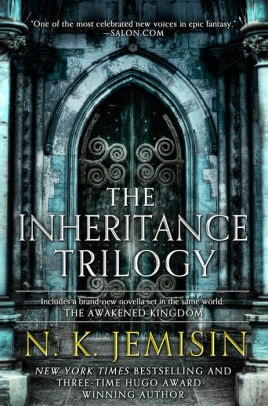

The Inheritance Trilogy
Crystal Singer, by Anne McCaffrey
I read this novel as a kid, and it completely blew my mind. It’s set in a space-faring civilization that depends on a special kind of crystal to power their starships. The catch is that this crystal is only found on one planet, and workers mine it by singing with perfect pitch to break off flawless chunks. The geological underpinnings of the story are admittedly not terribly scientific. But the idea of a diminishing planetary resource that fuels the economy like oil, or a rare Earth element, is on the nose. Also, one of the many weird subplots in this book involves miners suffering from health problems, thus bringing in the subfield of geohealth (yes this is a real area of scientific inquiry). Reminiscent of Dune, Crystal Singer explores the intersection of geology and the mining industry. Plus, singing!
Buy the Book
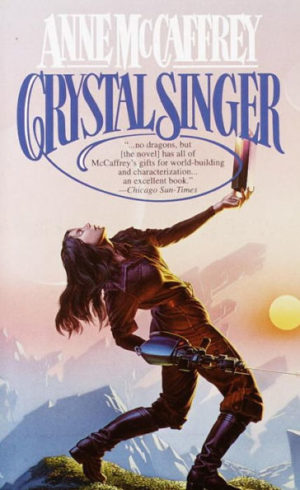

Crystal Singer
Arctic Rising and Hurricane Fever, by Tobias Buckell
In a future where the arctic ice has melted, new nations have formed in the arctic sea while island nations have been submerged in the rising waters of the Atlantic and Pacific. Crazy geoengineers battle with subaltern seasteaders in these thrillers about a future Earth whose climate is so different that it might as well be another planet. After all, Earth science doesn’t stop at the planet’s crust. One of the central premises of geoscience is that the planet and its atmosphere are part of the same system, exchanging gasses and other materials in an endless, fungible process. That’s why Buckell’s masterful duology about the politics of climate change is key to the geoscience fiction subgenre.
Buy the Book
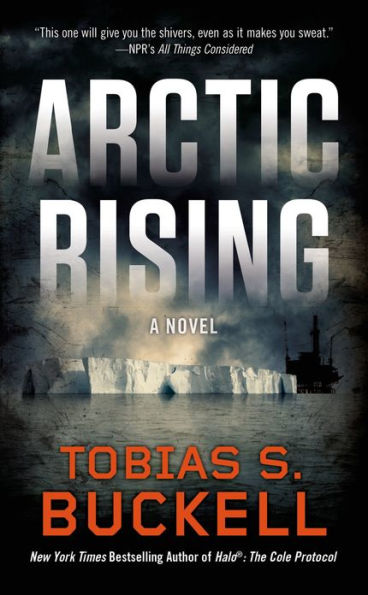

Arctic Rising
Gods, Monsters, and the Lucky Peach, by Kelly Robson
There are many things to amuse the geoscience fiction enthusiast in Robson’s novella about time traveling environmental scientists in a future version of Canada. There are the endless meetings with department heads and stultifying grant applications that represent the dirty bureaucratic bits of doing geology, all of which are deeply realistic. But best of all is the premise, which is that people are using time travel to get environmental samples from a pre-anthropocene world. Once they have a baseline reading of what global ecosystems were like before humanity trashed the planet, they can start to undo the damage. Funny, smart, and deeply wonky, this novella is a must-read for fans of the subgenre.
Buy the Book
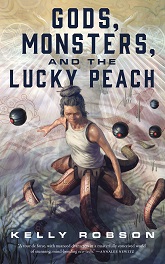

Gods, Monsters, and the Lucky Peach
2312, by Kim Stanley Robinson
Robinson has arguably been writing geoscience fiction since his Red Mars trilogy, about terraforming another world. In 2312, he returns to the world of Red Mars, but takes the premise to the entire solar system. Humans have colonized and terraformed many of the planets, asteroids, and moons. This gives Robinson a chance to show us how planets function as massive chemistry experiments whose properties can be changed over centuries. People are bombarding Venus with asteroids to change its temperature, and have built a wheeled city on Mercury that always stays out of direct sunlight. Earth, too, is undergoing a transformation as environmentalists de-extinct keystone species and use futuristic geotech to raise Florida above sea level again. The science is realistic, and the eco-politics feel like plausible extrapolations from today’s current debates over climate change.
Buy the Book
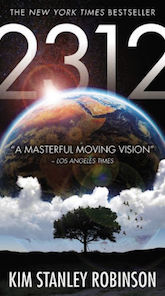

2312
The Murderbot series by Martha Wells and the Cordelia’s Honor duology by Lois McMaster Bujold
I wanted to mention these two series together because they both feature heroes who are part of planetary survey teams. This is an old trope in science fiction, and shows up a lot in Golden Age stories about people exploring other worlds. Often they’re taking environmental samples and studying geology for the purpose of future mining operations. The Murderbot series begins with a group landing on a planet and studying it for resource exploitation, while the Cordelia’s team in Bujold’s duology—which began her legendary Vorkosigan Saga—appear to be doing basic research for scientific discovery. Either way, the planetary survey team is key to geoscience fiction because they treat planets as holistic systems, looking at everything from their internal composition and ecosystems, to atmosphere and magnetic field.
Buy the Book
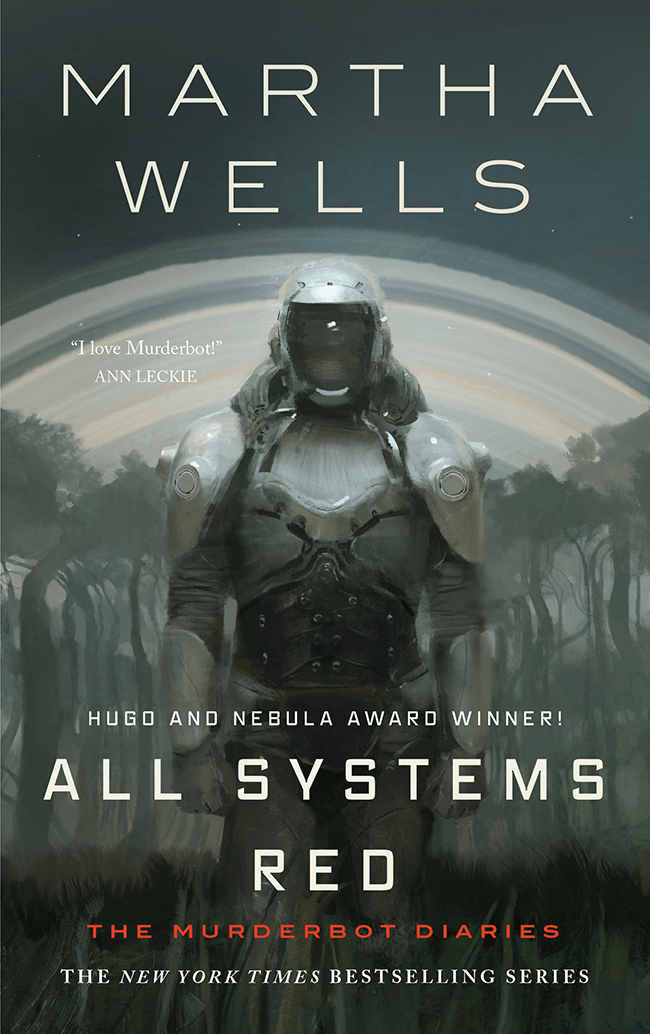

All Systems Red
Buy the Book
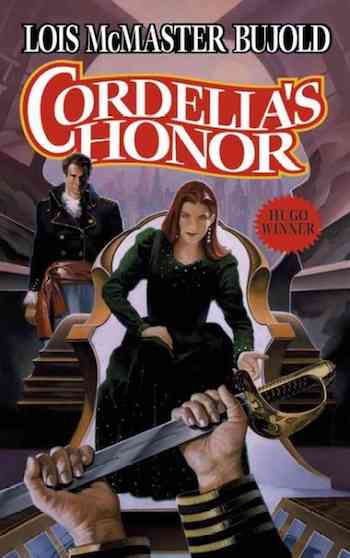

Cordelia's Honor
Now that you’ve got a big reading list, go forth and enjoy your planets!
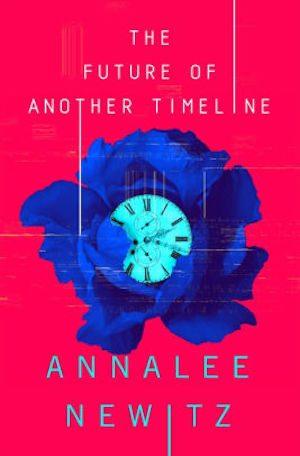 Annalee Newitz is an American journalist, editor, and author of fiction and nonfiction. They are the recipient of a Knight Science Journalism Fellowship from MIT, and have written for Popular Science, The New Yorker, and the Washington Post. They founded the science fiction website io9 and served as Editor-in-Chief from 2008–2015, and then became Editor-in-Chief at Gizmodo and Tech Culture Editor at Ars Technica. Their book Scatter, Adapt, and Remember: How Humans Will Survive a Mass Extinction was nominated for the LA Times Book Prize in science. Their first novel, Autonomous, won a Lambda award. The Future of Another Timeline is available September 24th from Tor Books.
Annalee Newitz is an American journalist, editor, and author of fiction and nonfiction. They are the recipient of a Knight Science Journalism Fellowship from MIT, and have written for Popular Science, The New Yorker, and the Washington Post. They founded the science fiction website io9 and served as Editor-in-Chief from 2008–2015, and then became Editor-in-Chief at Gizmodo and Tech Culture Editor at Ars Technica. Their book Scatter, Adapt, and Remember: How Humans Will Survive a Mass Extinction was nominated for the LA Times Book Prize in science. Their first novel, Autonomous, won a Lambda award. The Future of Another Timeline is available September 24th from Tor Books.










